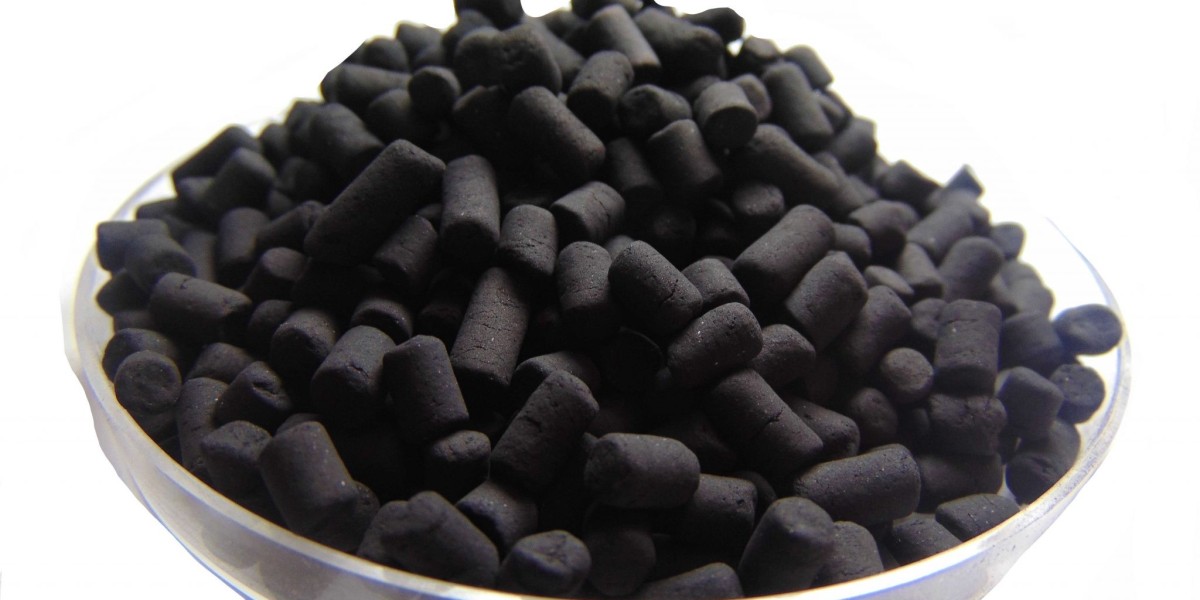The adsorbent market, which plays a critical role in various industries like water treatment, air purification, petrochemicals, and pharmaceuticals, has been evolving rapidly. Adsorbents, materials that capture and hold substances on their surface, are integral to processes that remove contaminants from air, liquids, and gases. However, like many other sectors, the adsorbent industry faces multiple challenges. To ensure continued growth and maximize the potential of this market, addressing these challenges and exploring strategic solutions is essential.
1. Environmental and Regulatory Challenges
One of the primary barriers facing the adsorbent market is the increasing regulatory pressure on environmental sustainability. Governments worldwide are enforcing stricter environmental standards to combat pollution and waste. This has created an urgent need for adsorbents to meet higher standards of efficiency and sustainability. The use of non-toxic, biodegradable materials in adsorbents is a growing trend, but developing such materials often involves significant research and development (R&D) costs.
Furthermore, regulations concerning the disposal and regeneration of spent adsorbents add another layer of complexity. Companies must ensure their products adhere to these regulations, or they may face fines or other penalties, which can negatively impact profitability.
Strategic Solution: To overcome these challenges, the industry needs to invest heavily in R&D for the development of more sustainable and eco-friendly adsorbents. By collaborating with environmental agencies and adopting advanced technologies like green chemistry, manufacturers can create adsorbents that comply with regulations and cater to the growing demand for sustainability. Additionally, enhancing the regeneration and recycling processes of adsorbents can significantly extend their life cycle and reduce waste.
2. Raw Material Supply and Price Volatility
The supply of raw materials used in the production of adsorbents is another challenge. Many adsorbents, particularly activated carbon, zeolites, and silica gels, rely on natural resources, some of which are scarce or subject to price fluctuations. The global supply chain is vulnerable to disruptions caused by geopolitical tensions, natural disasters, or trade restrictions. These disruptions can lead to shortages, causing raw material prices to rise, which in turn increases the overall cost of adsorbents.
Strategic Solution: Diversifying the sources of raw materials is a crucial strategy to mitigate this risk. By sourcing materials from different regions and developing alternative, more abundant raw materials, manufacturers can minimize their dependence on volatile markets. Additionally, leveraging local production capacities or exploring synthetic substitutes could reduce reliance on scarce resources.
3. Technological Advancements and Integration
The adsorbent industry is under constant pressure to innovate and integrate new technologies to enhance performance. The demand for more efficient, durable, and selective adsorbents is increasing. This includes the development of advanced materials such as nanomaterials and composite adsorbents, which are designed to offer better adsorption capacity, faster kinetics, and higher selectivity. However, technological integration poses challenges, as adopting new technologies requires substantial investment and expertise.
Strategic Solution: To overcome technological challenges, companies must focus on continuous innovation and cross-industry partnerships. Collaborations with research institutions and universities can drive the development of cutting-edge adsorbent materials. Moreover, embracing automation and AI-driven solutions for process optimization can help improve operational efficiency and reduce costs.
4. Market Competition and Pricing Pressure
The adsorbent market is highly competitive, with numerous players vying for market share. Price sensitivity among customers, particularly in industries like water treatment and air purification, is putting pressure on manufacturers to lower costs. However, cost-cutting measures can sometimes lead to a reduction in product quality, which can hurt a company’s reputation and customer loyalty. Companies must find a balance between maintaining competitive pricing and delivering high-quality adsorbents that meet customer demands.
Strategic Solution: To tackle pricing pressure, companies can adopt cost-reduction strategies through economies of scale, process optimization, and vertical integration. Additionally, offering value-added services, such as customized solutions, enhanced customer support, or after-sales services, can differentiate companies from competitors and foster customer loyalty.
5. Rising Demand from Emerging Markets
Emerging markets in regions like Asia-Pacific, Latin America, and Africa present significant growth opportunities for the adsorbent industry. These regions are witnessing rapid industrialization, urbanization, and an increasing need for clean water and air. However, catering to these markets presents challenges related to differing regulations, cultural differences, and local preferences.
Strategic Solution: Expanding into emerging markets requires understanding local needs and adapting products accordingly. Establishing local manufacturing facilities or partnerships with local distributors can help overcome logistical and regulatory barriers. Additionally, developing affordable, region-specific adsorbents can help meet the needs of these growing markets without compromising on quality.
Conclusion
The adsorbent market faces numerous challenges, from regulatory pressures and raw material supply issues to technological advancements and increasing competition. However, with the right strategic solutions such as investing in sustainable practices, diversifying material sources, embracing technological innovation, and expanding into emerging markets the industry can overcome these barriers. By navigating these challenges successfully, the adsorbent market can unlock new opportunities for growth and development in the coming years.


